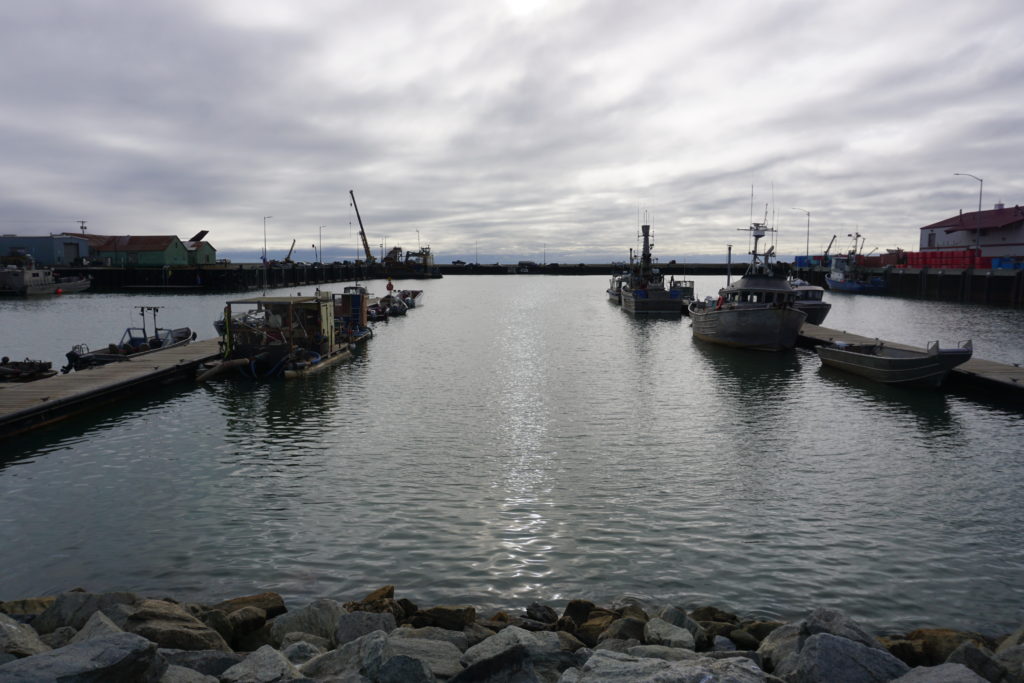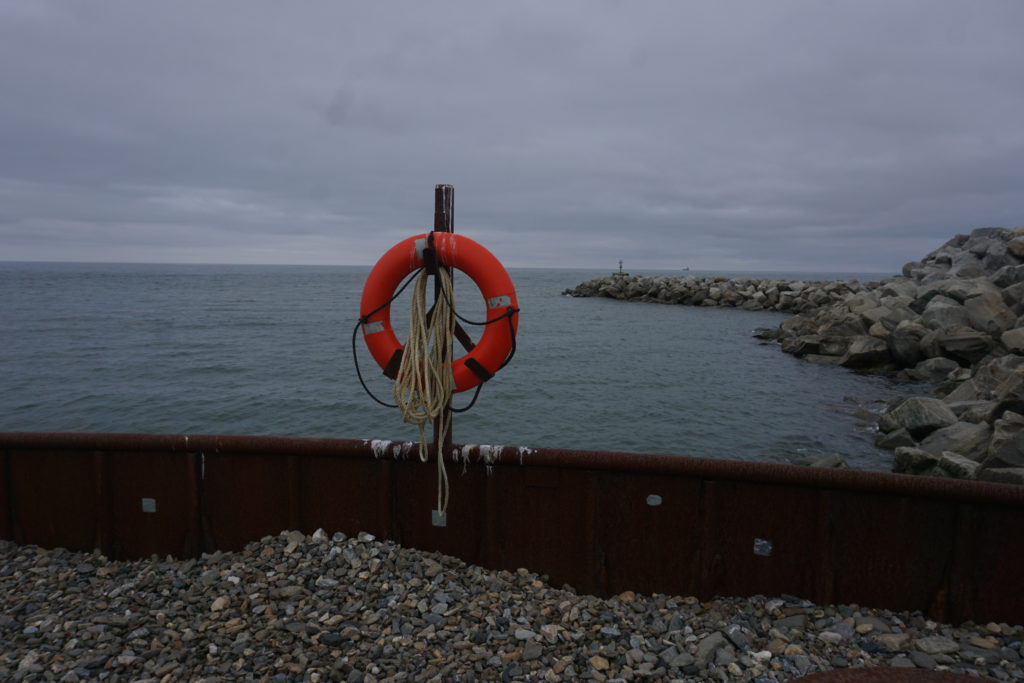A key Arctic Alaska port expansion gets $250 million in federal funding
The expansion of the Nome port would open Arctic Alaska to larger vessels as the region sees increasing traffic.

The project to expand and deepen a key port in Arctic Alaska will get a $250 million boost in federal funding from recently passed U.S. infrastructure legislation, officials announced Wednesday.
The Infrastructure Investment and Jobs Act, which passed in November 2021, will now include funding for four additional projects in Alaska, including the port in Nome.
“Being able to build out this expansion — to really be able to classify Nome as a deepwater port — is incredibly significant,” Senator Lisa Murkowski, a Republican from Alaska, told ArcticToday.
“For years now, we’ve been looking for a couple million dollars here and a few million dollars there,” Murkowski said. “$250 million is real. Real dollars.”
Additional funding may also come from private partners.
The expanded Nome port would serve as the only deep-draft port in the U.S. Arctic region (although it’s slightly south of the Arctic Circle, Nome is far closer to the Bering Strait and Arctic Ocean that the next closest deep-water port, in Dutch Harbor, which is about 1,000 miles south of the Arctic Circle).
“When you have an almost thousand-mile difference between your port, and you’re trying to cover an area of the globe that is seeing a stepped-up level of activity that could only be imagined some years ago — there’s got to be a recognition that we have a level of infrastructure that is keeping up,” Murkowski said. “There is definitely a much, much stronger commitment that is being evidenced by the United States in the Arctic, and this port in Nome is going to be a key part of that.”
The Nome port expansion has been years in the making.
The 2018 Water Resources Development Act revived the prospect of port expansion, which had previously been considered and then put on hold. The 2018 legislation called for a feasibility report on the upgrades, and the ensuing study recommended a depth of 40 feet, and following reports added protections for marine animals.
In May 2020, the plan to expand the port won approval from the U.S. Army Corps of Engineers.
Legislation in December 2020 authorized, but did not fund, a deep-draft expansion of the port in Nome. The Water Resources Development Act of 2020 allowed the port to move forward with design plans and to approach other partners for possible funding.

Demand for an expanded port has grown as climate change makes the region more accessible for tourists, researchers, shippers, resource extractors, and security forces.
Right now, U.S. Coast Guard icebreakers, also known as polar security cutters, are unable to dock in the U.S. Arctic, instead making lengthy resupply trips to Dutch Harbor while on Arctic missions.
“Whether this is the ability to bring in a polar security cutter, whether it’s a place to to have vessels that can help assist in in search and rescue, whether it is the economic base for transfer of commercial goods coming into the Arctic area — there is so much that we will gain by this port expansion,” Murkowski said.
The community of Nome will also benefit from the increased traffic headed for Arctic waters, and could become a northern shipping hub, Murkowski said.
The Alaska senator has frequently called for a system of Arctic ports, not just one. Port Clarence or Kotzebue could also host new deepwater ports, she said. “These are coastal regions that right now are severely, severely limited in their marine infrastructure.”
The Nome port announcement follows news on January 13 that $25 million of the infrastructure funding will be used to restore the main road in Denali National Park, which partially closed by a landslide last summer. Such slides are a growing concern as permafrost in the Arctic and sub-Arctic thaws. The infrastructure legislation will also include $88 million for dam project in the Interior Alaska community of North Pole, outside Fairbanks.